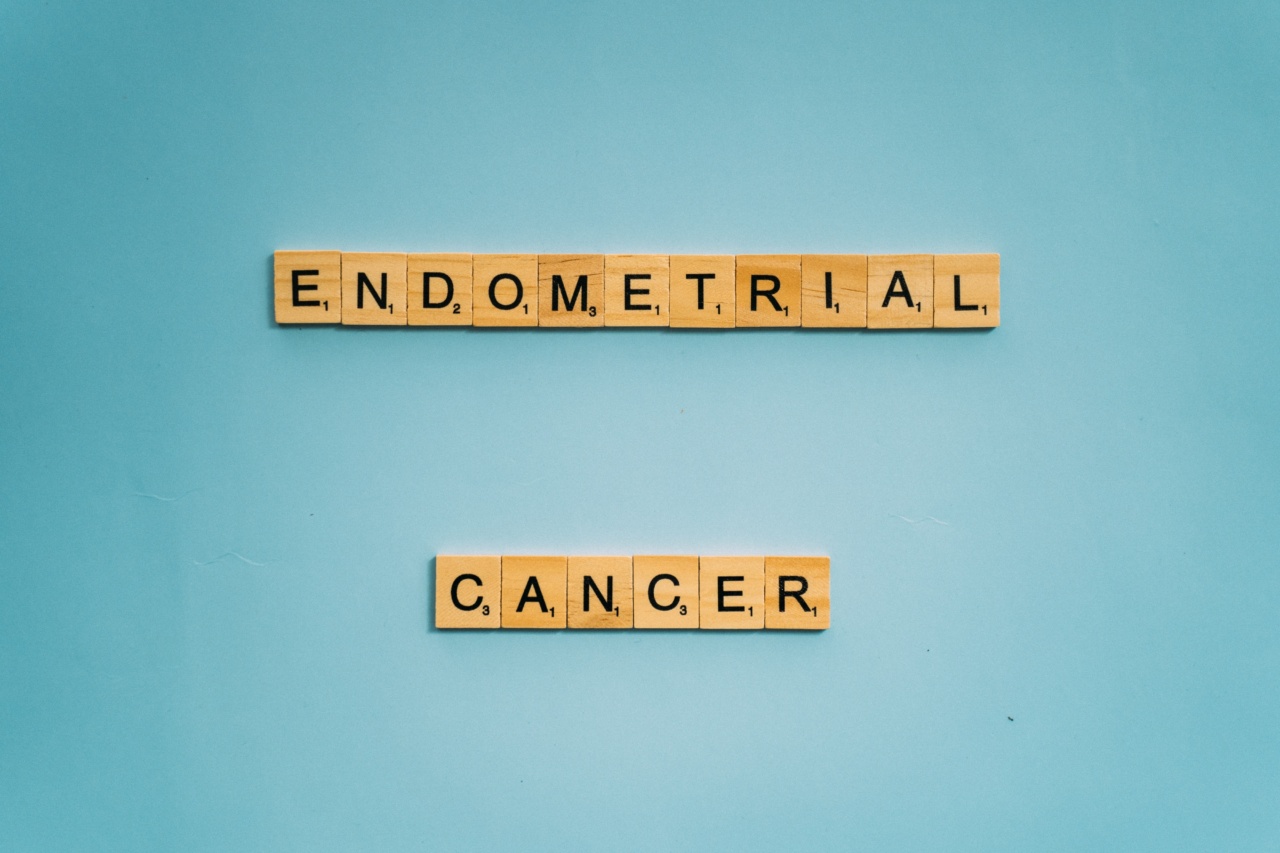Endometrial cancer is the most common type of cancer affecting the female reproductive system. It primarily occurs in the lining of the uterus, called the endometrium.
While the exact cause of endometrial cancer is unknown, certain factors have been identified that can increase a woman’s risk of developing this disease. Understanding these high-risk demographics can help raise awareness and promote preventive measures.
1. Age
Age is an important factor in determining the risk of endometrial cancer. Most cases are diagnosed in women over the age of 50.
The risk increases significantly after menopause, as estrogen levels decline and progesterone becomes less effective in balancing the effects of estrogen on the endometrium.
2. Obesity
Obesity is strongly associated with an increased risk of endometrial cancer. Excess adipose tissue leads to higher levels of estrogen, which can stimulate the growth of endometrial cells.
Obese women also tend to have more insulin resistance, which further contributes to the development of endometrial cancer.
3. Hormonal Imbalance
Women with hormonal imbalances, such as polycystic ovary syndrome (PCOS) or estrogen dominance, have a higher risk of endometrial cancer.
These conditions disturb the balance between estrogen and progesterone, resulting in excessive estrogen exposure to the endometrium.
4. Nulliparity
Nulliparity refers to women who have never given birth. The absence of pregnancy and the associated hormonal changes can increase the risk of endometrial cancer.
Pregnancy and childbirth help regulate hormone levels, reducing the exposure of the endometrium to estrogen.
5. Early Menstrual Onset
Women who have their first menstrual period at an early age, before the age of 12, have a higher risk of endometrial cancer.
Early onset of menstruation exposes the endometrium to estrogen for a longer duration throughout a woman’s life, increasing the risk of abnormal cell growth.
6. Late Menopause
Conversely, late onset of menopause, after the age of 52, is associated with a higher risk of endometrial cancer. The prolonged exposure to estrogen due to delayed hormonal changes can lead to the growth of abnormal endometrial cells.
7. Family History
A family history of endometrial cancer or certain genetic conditions, such as Lynch syndrome, can significantly increase the risk of developing this disease.
Lynch syndrome is an inherited disorder that predisposes individuals to various types of cancers, including endometrial cancer.
8. Tamoxifen Use
Tamoxifen is a medication commonly prescribed for the treatment and prevention of breast cancer. However, it has been found to increase the risk of endometrial cancer, particularly in postmenopausal women.
Regular monitoring and close supervision are crucial for women on tamoxifen therapy.
9. Diabetes
Diabetes, particularly type 2 diabetes, is associated with a higher risk of endometrial cancer.
Chronically elevated levels of insulin and estrogen, often seen in diabetes, promote the development of abnormal endometrial cells and increase the likelihood of cancerous changes.
10. Estrogen Replacement Therapy
While estrogen replacement therapy can provide relief from menopausal symptoms, long-term use without progesterone can increase the risk of endometrial cancer.
Combining estrogen with progesterone eliminates this risk, making hormone replacement therapy safer for postmenopausal women.
Conclusion
Endometrial cancer can affect women from various backgrounds, but certain demographics are at a higher risk than others.
Age, obesity, hormonal imbalances, nulliparity, early or late onset of menstruation/menopause, family history, tamoxifen use, diabetes, and estrogen replacement therapy are all factors to consider when assessing one’s risk. By understanding these high-risk demographics and implementing appropriate preventive measures, such as regular screenings and lifestyle modifications, we can strive to reduce the incidence and impact of endometrial cancer.






























